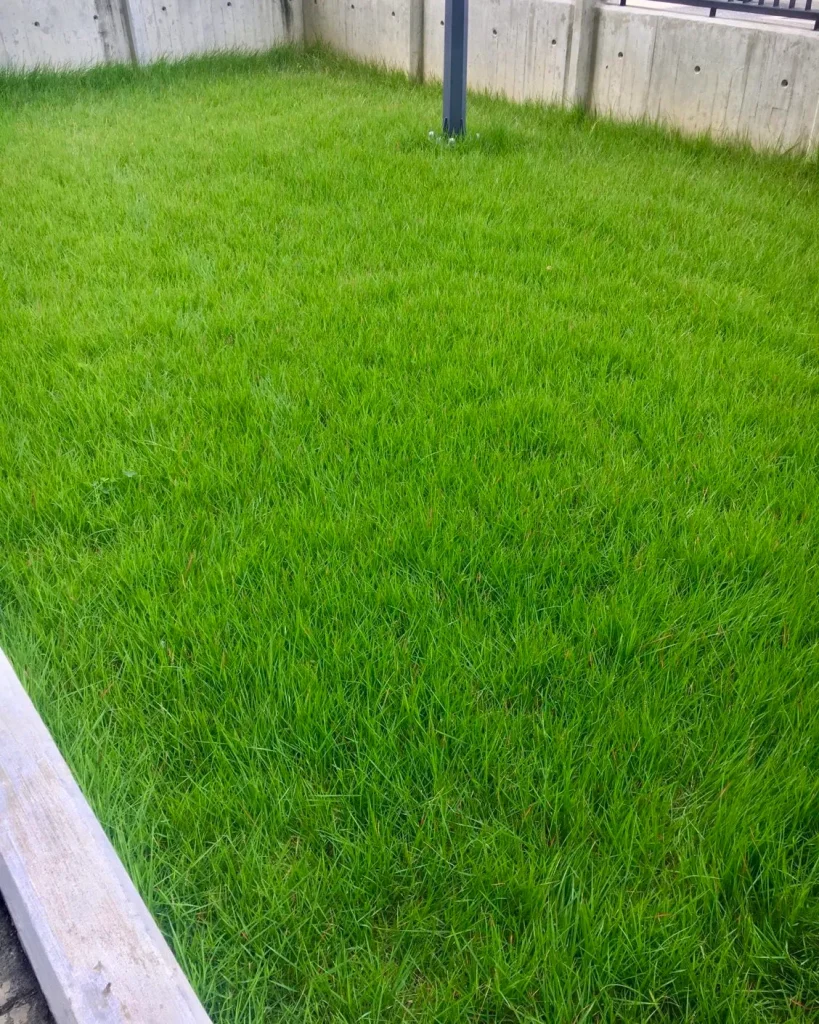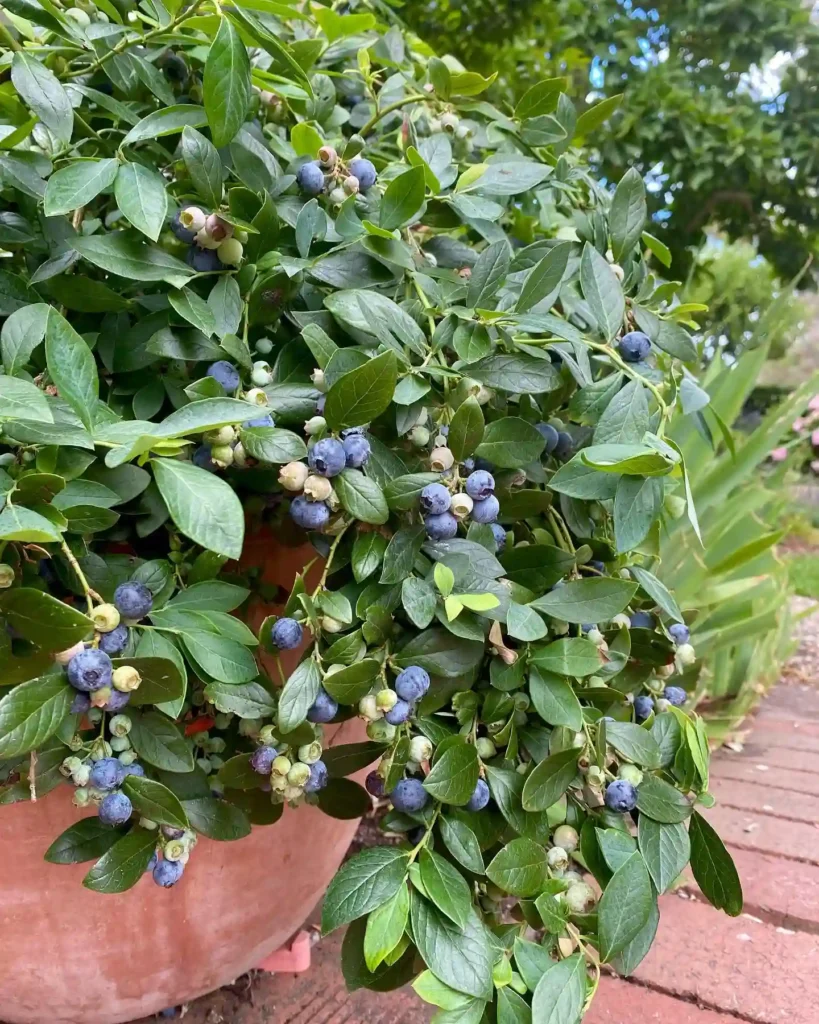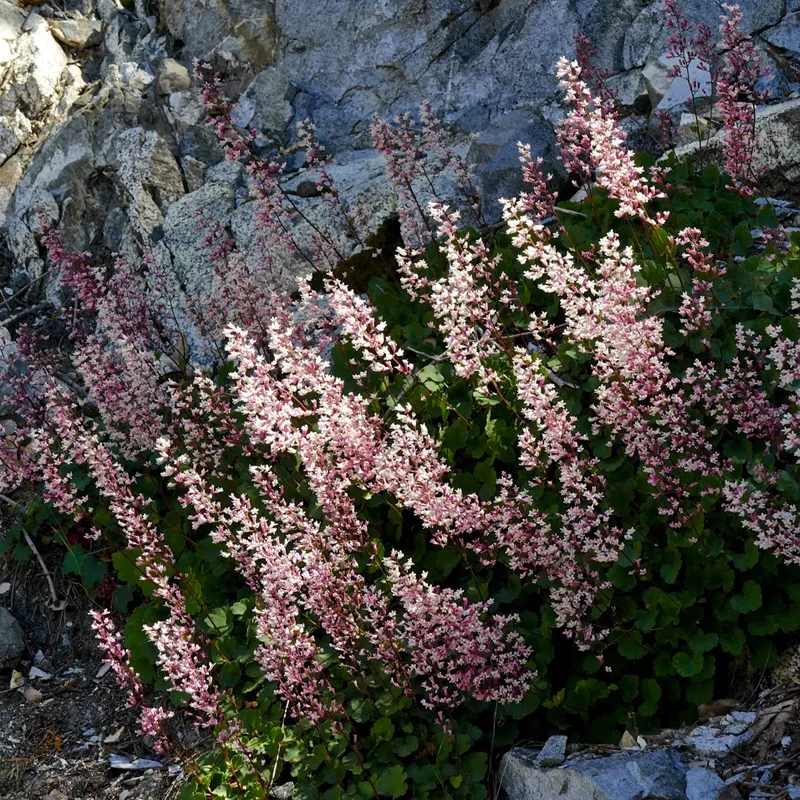Discovering the Butomaceae Family: A Deep Dive into Butomus
As I delve into the fascinating world of plants, one family that has caught my attention is the Butomaceae family. This family is primarily represented by the genus Butomus, a group of perennial aquatic plants that thrive in shallow waters. Having explored various plant families, I find the characteristics and adaptations of Butomus species intriguing and worth sharing.
The Butomaceae Family Overview
The Butomaceae family, often referred to as the flowering rush family, includes a limited number of genera, with Butomus being the most well-known. Found predominantly in temperate regions, these plants are commonly found in wetlands, along riverbanks, and in shallow lakes. The flowering rush, or Butomus umbellatus, is the most recognized species within this family, celebrated for its striking appearance and unique growing conditions.
The adaptability of Butomus species to aquatic environments allows them to play a vital role in their ecosystems. They not only enhance the aesthetic appeal of water bodies but also provide critical habitats for various wildlife.
Characteristics of Butomus
What sets Butomus apart from other aquatic plants? One of the most remarkable features is their growth form. Butomus plants typically have long, slender stems that can rise above the water’s surface. The leaves are narrow and sword-shaped, often forming dense clusters that create a lush green environment.
The flowering rush produces beautiful pink to white flowers that bloom in umbrella-like clusters, making it a popular choice for ornamental gardening and landscaping. These flowers are not just visually appealing; they are also vital for attracting pollinators such as bees and butterflies.
Habitat and Distribution
As I explore the habitat preferences of Butomus, it becomes clear that these plants thrive in freshwater environments. They are commonly found in shallow ponds, marshes, and along the edges of lakes and rivers. Their preference for muddy, nutrient-rich substrates helps them establish robust root systems, allowing them to flourish even in challenging conditions.
Butomus species are widely distributed across Europe, Asia, and parts of North America. This extensive range highlights their adaptability to various climatic conditions, making them a resilient choice for wetland restoration projects. Observing Butomus in its natural habitat is an experience that showcases the harmony between flora and aquatic ecosystems.
Cultivation and Uses
Having developed a fascination for Butomus, I’ve also looked into its cultivation. Growing Butomus in my garden or water feature is a rewarding experience. These plants require full sun and a moist environment to thrive, making them ideal for water gardens or as border plants in landscape design.
One of the best things about Butomus is its ecological benefits. They contribute to water quality improvement by stabilizing sediments and providing habitats for various aquatic organisms. Additionally, their ability to absorb excess nutrients makes them valuable in preventing algal blooms in ponds and lakes.
From an ornamental perspective, Butomus adds a touch of elegance to any water feature. The dramatic flowers and lush foliage create visual interest throughout the growing season. Incorporating Butomus into my garden not only enhances its beauty but also promotes biodiversity.
Challenges and Conservation
Despite their resilience, Butomus species face threats from habitat destruction and invasive species. Urban development, pollution, and climate change are significant factors contributing to the decline of their natural habitats. As someone who values the importance of conservation, I believe that protecting these aquatic ecosystems is crucial for the survival of Butomus and many other species that rely on wetlands.
Engaging in conservation efforts, such as supporting wetland restoration initiatives and participating in local conservation programs, can make a significant difference. Raising awareness about the ecological importance of Butomus and its habitats is essential in fostering a community dedicated to preserving these valuable ecosystems.
Conclusion
Exploring the Butomaceae family, particularly the genus Butomus, has deepened my appreciation for aquatic plants and their vital roles in ecosystems. From their unique adaptations to their beautiful flowers, Butomus species offer both ecological and aesthetic benefits. As we face increasing environmental challenges, it’s imperative to advocate for the conservation of these remarkable plants and their habitats.
By cultivating Butomus in our gardens and supporting conservation efforts, we can contribute to a healthier, more sustainable environment. This family of plants is not only a beautiful addition to any landscape but also a testament to the intricate connections within our natural world.
If i die, water my plants!



